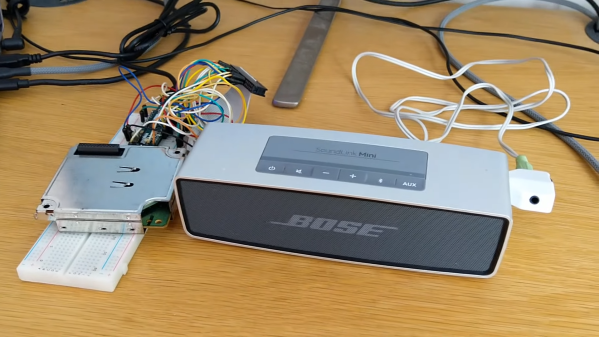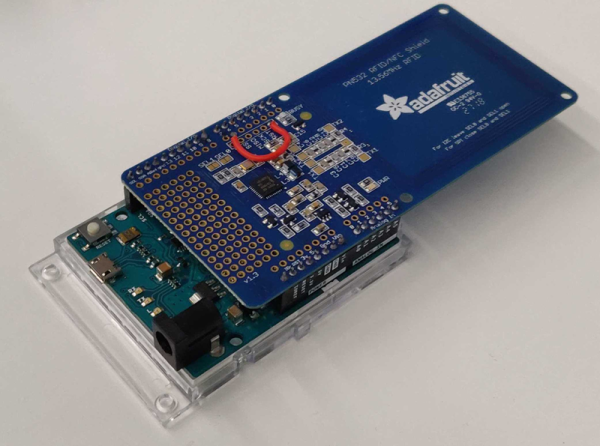Surely by now you’ve at least heard of RTL-SDR — a software project that let’s cheap TV tuner dongles work as a software-defined radios. A number of projects and tools have spun off the original effort, but in his latest video, [Tech Minds] shows off a particularly unique take. It’s a Web browser-based radio application that uses WebUSB, so it doesn’t require the installation of any application software. You can see the program operating in the video below.
There are a few things you should know. First, you need the correct USB drivers for your RTL-SDR. Second, your browser must support WebUSB, of course. Practically, that means you need a Chromium-type browser. You may have to configure your system to allow raw access to the USB port, too.
Watching the video, you can see that it works quite well. According to the comments, it will work with a phone, too, which is an interesting idea. The actual Web application is available as open source. It isn’t going to compete with a full-fledged SDR program, but it looked surprisingly complete.
These devices have grown from a curiosity to a major part of radio hacking over the years. Firefox users can’t use WebUSB — well, not directly, anyway.















